Ritualized Aggression in Humans – Haka / Ben Hall (2011)
Ritualization of aggression is a beneficial strategy to tone down conflicts and avoid serious damaging consequences. Most of the time fighting is risky, wasteful and destructive. Ritualized aggression can resolve conflicts without resorting to actual violence. Besides humans ants, dogs and crayfish are known to engage in mock battles. Analytical tools used by evolutionary biologists have been very successful in explaining emergence of complex human and non-human behavior. Ritualized aggression is among them. The workers of the Malaysian giant forest […]

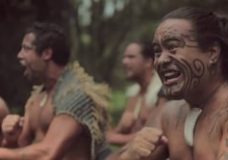
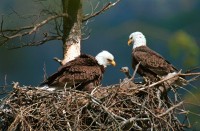


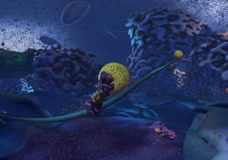
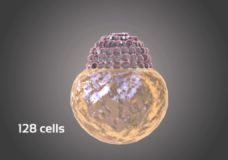
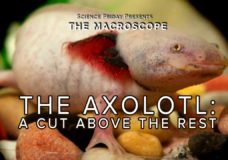


Recent Comments